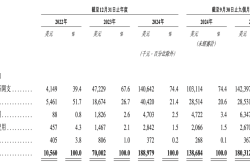The first Snapdragon 8 Gen4, Xiaomi welcomes the "Third Campaign" for high-end positioning
![]() 07/07 2024
07/07 2024
![]() 474
474
Xiaomi's journey towards high-end positioning is becoming increasingly stable.
From the Xiaomi 13 series firmly standing in the high-end market to the Xiaomi 14 series continuing to make strides forward, Xiaomi's digital flagship series has been constantly refreshing itself in terms of sales and reputation. However, in contrast, the success of the previous two generations has also led to higher expectations and requirements from more consumers for the Xiaomi 15 series.
In mid-June, Qualcomm officially announced that it will hold the Snapdragon Summit 2024 from October 21st to October 23rd, with the expected release of the next-generation flagship chip, Snapdragon 8 Gen 4. With the imminent arrival of Snapdragon 8 Gen 4, how far away is the Xiaomi 15? It's not hard to see that there have been significantly more news about the Xiaomi 15 series recently, especially the Xiaomi 15 Pro.
Well-known leak blogger @DigitalChatStation recently hinted on Weibo that the Xiaomi 15 Pro will be equipped with a 5400mAh battery and support hundred-watt wired and wireless fast charging. In comparison, the Xiaomi 14 Pro comes with a 5000mAh battery, supporting 120W wired and 50W wireless fast charging.
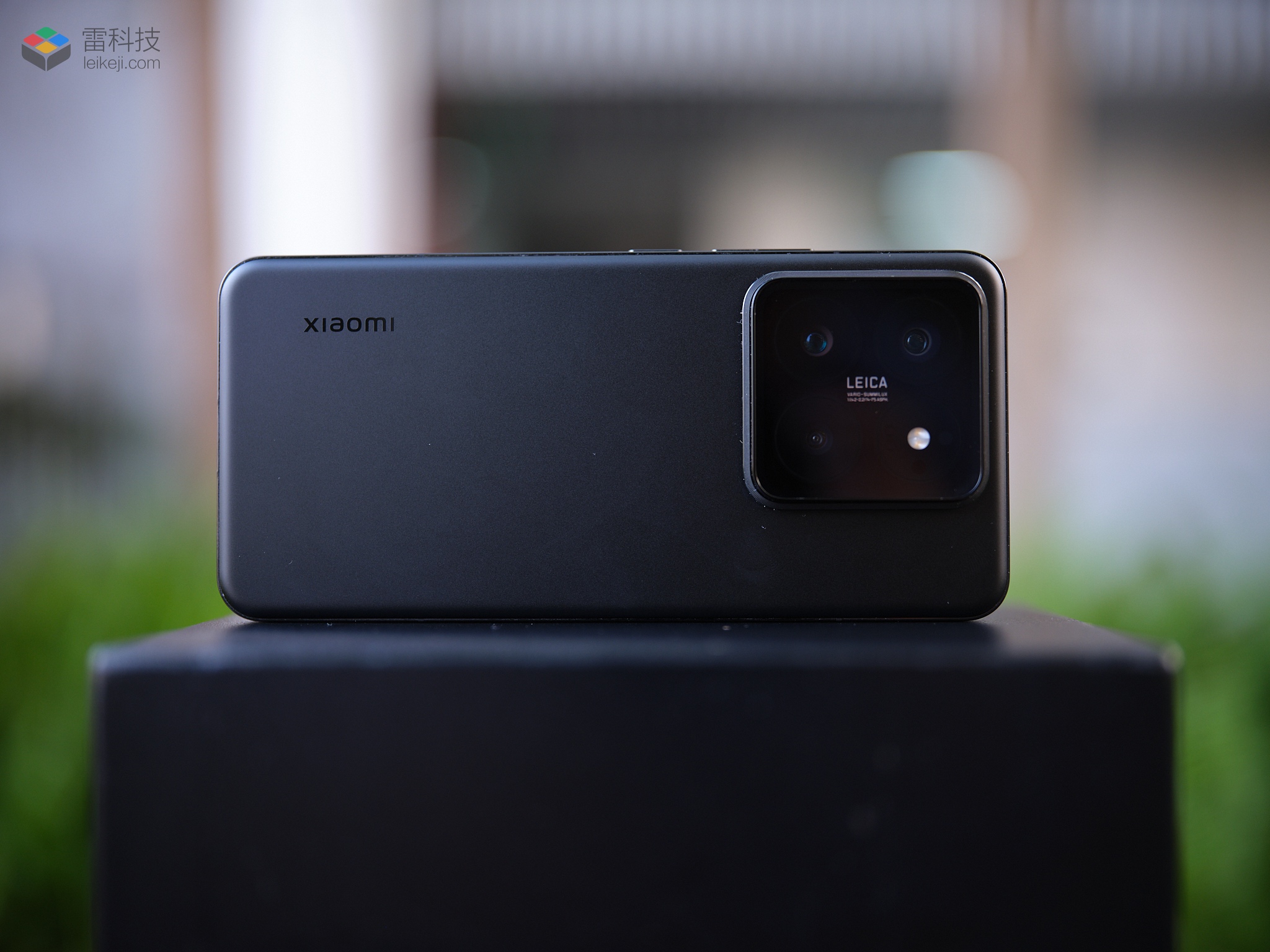
Xiaomi 14 Pro, Image/Leitech
Not only is there a significant increase in battery capacity and wireless charging power, but according to current leaked information, the Xiaomi 15 Pro will also adopt ultrasonic screen fingerprint technology, and for the first time, use a periscope telephoto lens for its camera system. Many areas where the Xiaomi 14 Pro was not entirely satisfactory seem to be getting improvements.
Including the Xiaomi 15 standard edition, in addition to battery, charging, screen fingerprint, and other aspects, there will also be certain improvements in imaging. Snapdragon 8 Gen 4 is also an integral part of Xiaomi 15's entire lineup.
First Snapdragon 8 Gen 4, comprehensive upgrades for both standard and Pro models
First of all, it can be basically determined that the Xiaomi 15 series will continue to be the first to launch the next-generation Android flagship chip - Snapdragon 8 Gen 4.
Regarding Snapdragon 8 Gen 4, there is already some reliable information out there. In addition to adopting TSMC's latest 3nm (N3E) process, it has been rumored since last year that it will use the same Oryon CPU core as the Snapdragon X Elite, with an increase in core frequency.
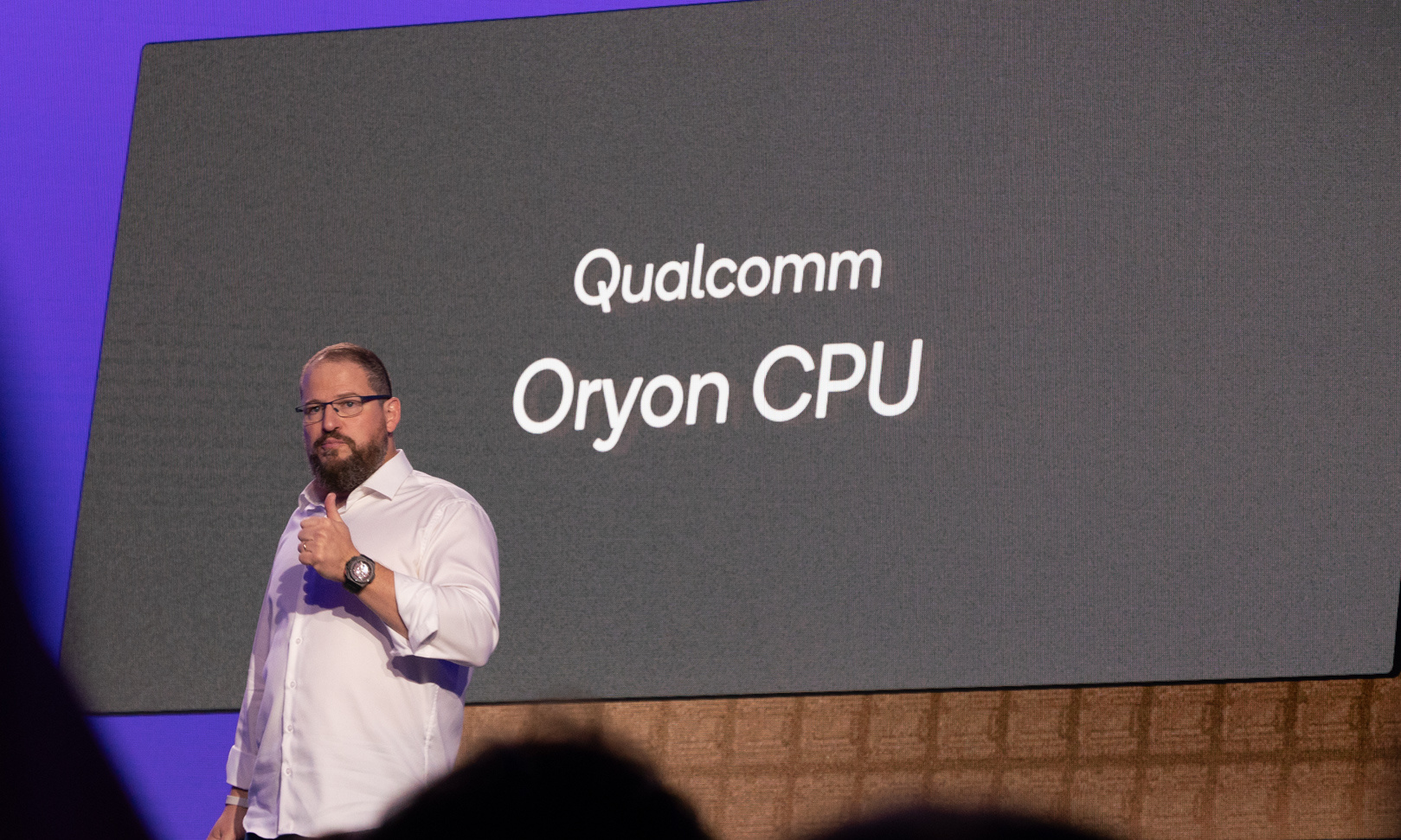
Image/Leitech
If we only look at this, it is likely that the performance and energy efficiency of Snapdragon 8 Gen 4 will once again see a significant improvement.
However, according to earlier news, Qualcomm redesigned its chip this year in response to Apple's M4 and A18 Pro. Frankly speaking, it's hard to say whether this is good news or bad news, as "redesign" often means a lot of uncertainty.
In addition, the Xiaomi 15 series will also feature many "standard configurations" of the next-generation flagship.
The first is battery capacity. As previously reported by Leitech, silicon-carbon anode batteries will be comprehensively rolled out in high-end models in the second half of this year, with a significant increase in battery capacity across the board.
Currently, the Xiaomi 15 Pro is reported to have its battery capacity increased from 5000mAh to 5400mAh, and the battery capacity of the Xiaomi 15 standard edition is also expected to have a relatively large increase compared to the previous generation's 4610mAh, which may even have a greater impact on battery life than the Pro version.
The second is wireless charging. Last May, the Ministry of Industry and Information Technology issued a "regulation" that completely relaxed the wireless charging power from 50W to 80W. Considering the hundred-watt level revealed by @DigitalChatStation, the Xiaomi 15 Pro will likely end up using 80W "ceiling" wireless charging.
However, there is currently no reliable news indicating whether the Xiaomi 15 standard edition will also increase its wireless charging power to 80W, but based on Xiaomi's previous product strategy, LeiTech tends to think it will.
The third is ultrasonic fingerprint recognition. Based on Snapdragon 8 Gen 4, the entire Xiaomi 15 series will adopt single-point ultrasonic screen fingerprint recognition. Compared to the previous wide-area ultrasonic fingerprint recognition, although single-point ultrasonic sacrifices a large recognition range, it also brings down the cost. Coupled with the entry of domestic supply chain vendor Goodix, it finally makes it possible for ultrasonic fingerprint recognition with better experience to be fully popularized.
In terms of imaging, both the Xiaomi 15 standard edition and Pro model will have varying degrees of upgrades. On the standard edition, the upgrade may mainly come from the main camera, with rumors suggesting the use of a 50-megapixel large sensor with a large aperture. The Pro model will also introduce a 3x periscope telephoto lens on top of this.
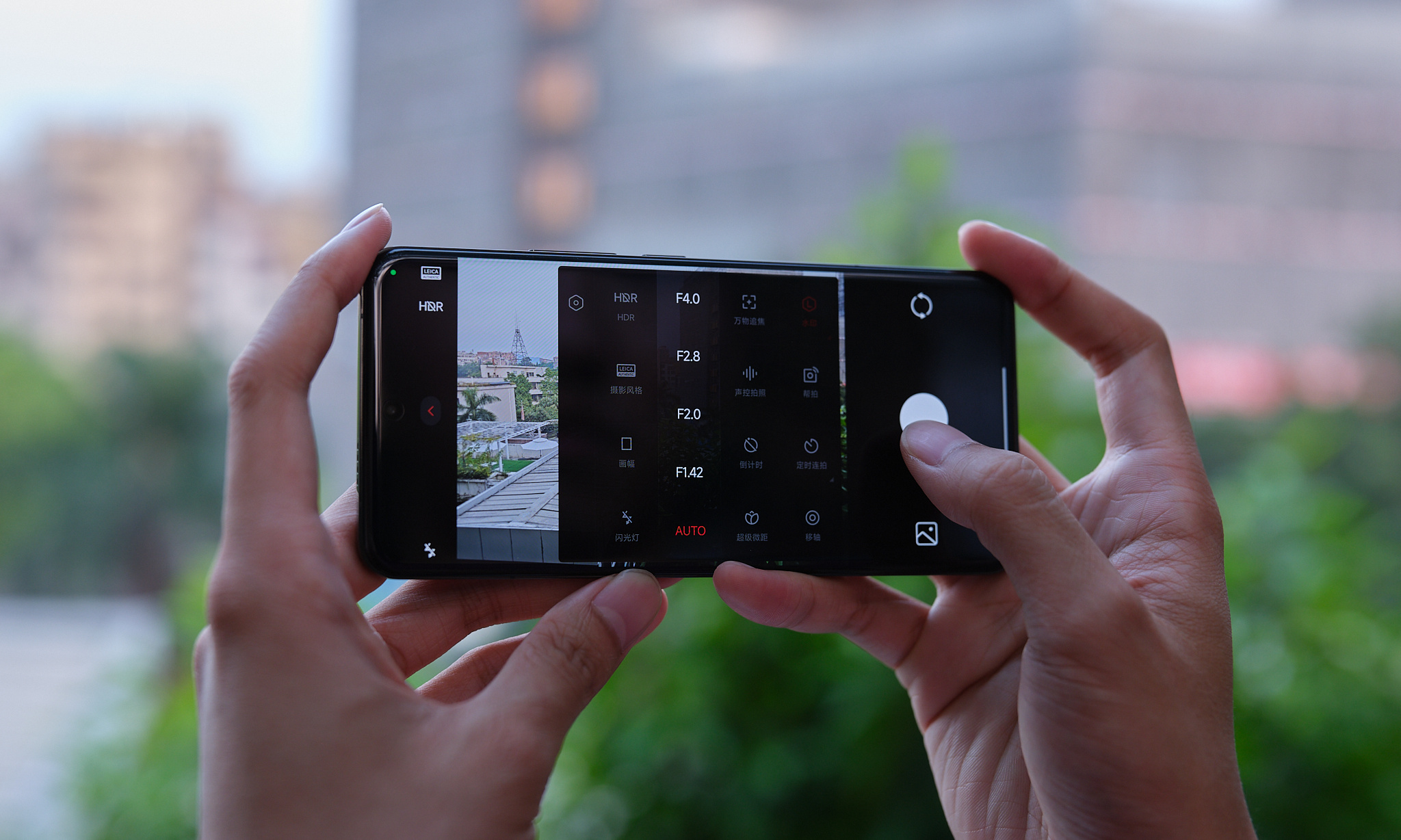
Xiaomi 14, Image/Leitech
In other aspects, the Xiaomi 15 standard edition will continue to adopt a 1.5K straight screen design, with the screen size likely remaining around 6.36 inches; while the Pro model will be equipped with a 2K equal-depth curved screen, with screen support also expected to be around 6.73 inches.
There are also leaks indicating that the Deco design of the Xiaomi 15 Pro engineering machine has changed from the previous two generations' square shape to a circular shape, with the position remaining in the upper left corner. For reference, you can look at the back design of the OnePlus Ace 3 Pro. If this is true, it can only be described as a "happy couple."
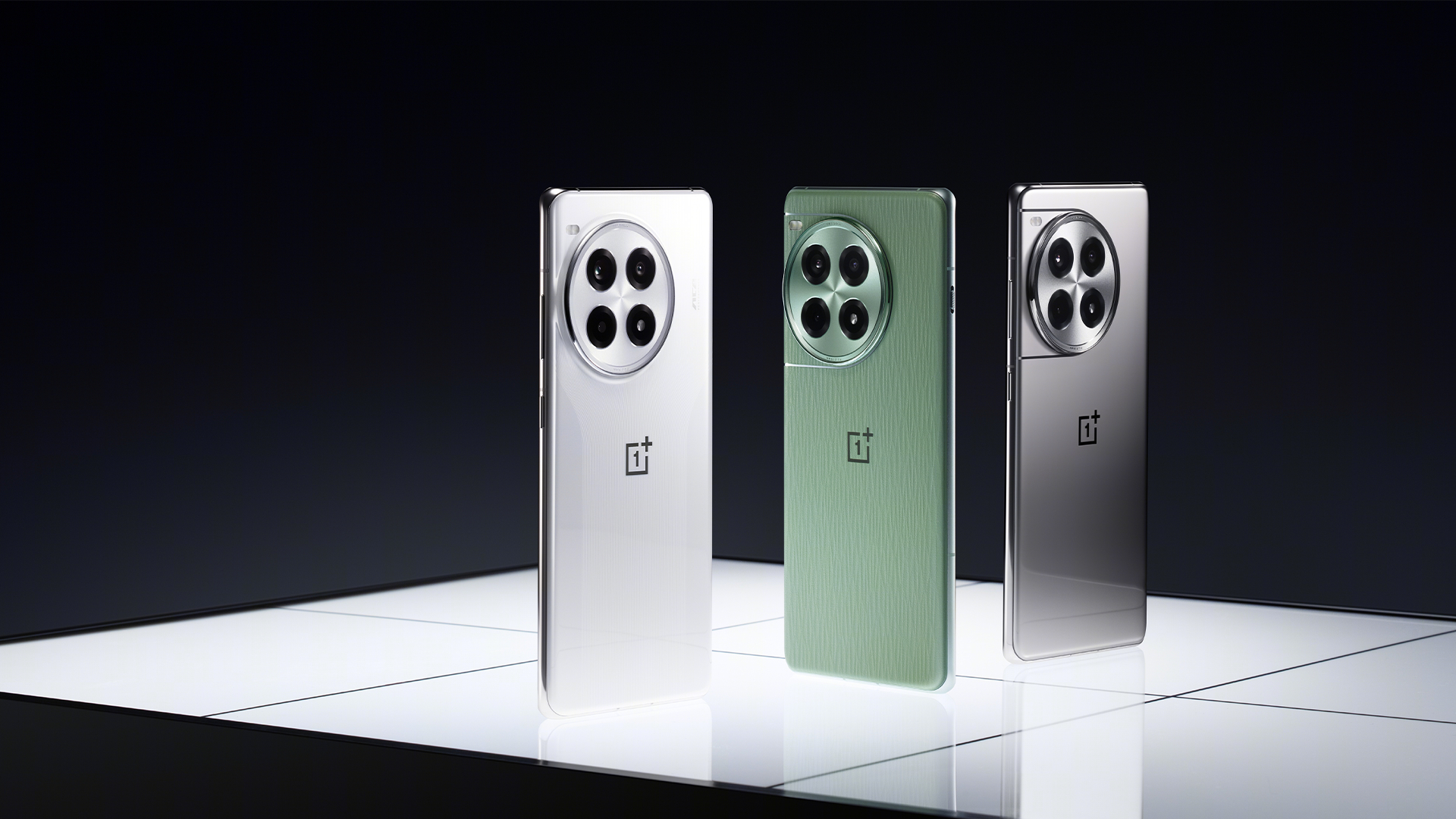
OnePlus Ace 3 Pro, Image/OnePlus
However, in the fierce competition among domestic Android flagships to "roll high-end," will the Xiaomi 15 series still be the first high-end flagship series model for domestic Android phones? This is not an easy question to answer and may require us to first re-examine Xiaomi's success since the 13 series.
High-end "breakthrough," three years to achieve
High-end positioning can be said to be the consensus and main theme of all mainstream mobile phone brands in the past two or three years, from OPPO to vivo, from Xiaomi to Honor.
But undoubtedly, Xiaomi is currently the most successful brand in the domestic Android camp in terms of "high-end positioning." Among them, the success of the Xiaomi 13 can be considered a milestone event in Xiaomi's high-end phone strategy.
According to a report by market research firm Canalys, in the first quarter of 2023, the top 10 models in terms of global shipments of high-end phones (priced above $500) were basically dominated by Apple and Samsung, with only two domestic models breaking into the list. They were the Xiaomi 13 ranking eighth and the Huawei Mate 50 ranking ninth.
As Lei Jun said in a previous speech, the Xiaomi 13 was a turning point in Xiaomi's high-end strategy and the starting point for Xiaomi to officially stand firm in the high-end market.
But first, Xiaomi's success in high-end positioning is a product success.
Unlike flagship models from other brands, Xiaomi did not blindly follow the trend of larger screens but instead jumped out of homogenized competition and shifted its positioning to "small-screen flagships." This was a bold decision, and even Lei Jun admitted that it took a lot of effort to convince the team to believe in it.

Lei Jun, Image/Xiaomi
However, the facts prove two points:
First, the Xiaomi 13 did quite well in both "small screen" and "flagship." The relatively smaller screen size gave Xiaomi a smaller body size and weight, creating a difference in the holding experience compared to other flagships. At the same time, based on the Snapdragon 8 Gen 2 platform, the Xiaomi 13 achieved flagship-level performance in core configuration, ID design, and experience.
Second, consumers voted with their "money," indicating strong market demand for such small-screen flagships and reflecting the precision of Xiaomi 13's positioning and the boldness of its decision-making.
Including in the Xiaomi 14, Xiaomi also continued to use the previous positioning, mainly optimizing and refining a better "small-screen flagship."
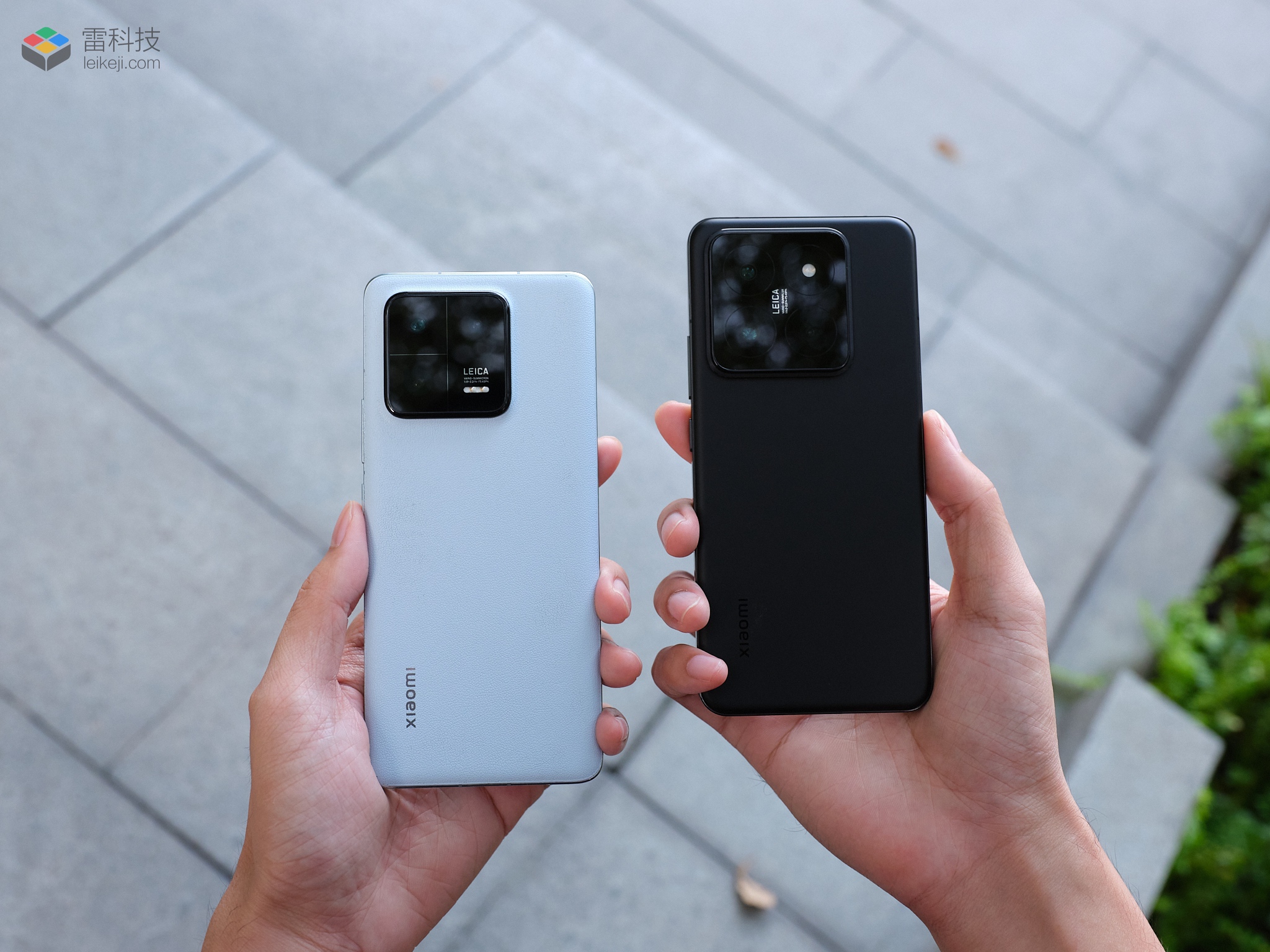
Xiaomi 13 and Xiaomi 14, Image/Leitech
Secondly, Xiaomi's success in high-end positioning is also a brand success.
At one time, Xiaomi was hindered in its path towards high-end positioning due to the "cost-effective" label. Therefore, in 2019, Xiaomi chose to spin off the Redmi brand to focus on cost-effectiveness while "stripping" the Xiaomi brand to target the high-end market.
The following year, Xiaomi officially began its journey towards the high-end market, introducing the Xiaomi 10 Ultimate Commemorative Edition, with the core purpose of shaping Xiaomi's technological, product, and experience advantages in its flagship models.
However, although the Xiaomi 10 Ultimate Commemorative Edition received high praise upon its release, user recognition takes time. So after that, Xiaomi launched the Xiaomi 11 and Xiaomi 12 series. Ultimately, the accumulated high-end brand recognition potential of three consecutive generations of products, coupled with the product strength of the Xiaomi 13 series, finally ushered in an explosion for Xiaomi in the high-end market, firmly establishing itself in the high-end phone market.
By the Xiaomi 14 generation, Xiaomi has formed a positive cycle in the high-end phone market, with the brand driving more consumers to understand and purchase Xiaomi's high-end phones, while its excellent product strength and precise product positioning attract more consumers and strengthen the market's recognition of Xiaomi's high-end brand.
All of this has allowed the Xiaomi 14 series to continue to make strides forward, building on the foundation of its predecessors.

Xiaomi 14, Image/Leitech
Wall Street Insight cited supply chain news indicating that the Xiaomi 14 series reached 1.4474 million units in total channel sales within 10 days of its launch. By early May this year, bloggers had also revealed that the activation volume of the Xiaomi 14 series had reached around 4.7 million units, making it the Snapdragon 8 Gen 3 series model with the highest activation volume.
However, specifically regarding the "exceeding expectations" success of the Xiaomi 14, it must be said that in addition to the successful factors of the product itself and the market level, it is also inseparable from the absolute advantage of being the "first to launch the Snapdragon 8 Gen 3."
After going through the baptism of the previous round of "hot dragon" chips, the advantages of mobile phone chips have once again been valued by many consumers in recent years. At the same time, in the past two generations, Qualcomm has also proven with the Snapdragon 8 Gen 2 and Snapdragon 8 Gen 3 that:
Your uncle is still your uncle.
This also makes the first launch of Snapdragon flagship chips even more important. On October 25, 2023, Qualcomm officially released the Snapdragon 8 Gen 3 at the Snapdragon Summit 2023 held in Hawaii. The following evening, Xiaomi held a new product launch event in China, officially launching the Xiaomi 14 series, which was the first to be equipped with the Snapdragon 8 Gen 3.
The almost simultaneous release of these two heavyweight products brought significant momentum to the Xiaomi 14 series in terms of reputation. But more importantly, before the Xiaomi 14 series went on sale, the Snapdragon 8 Gen 3 had already initially demonstrated a significant improvement in performance and energy efficiency for this generation of flagship chips, both reassuring consumers and maximizing the value of being the first to launch, driving more target audiences for Android flagships towards the Xiaomi 14 series.
However, three months later, it's Xiaomi 15's turn, but compared to the time of Xiaomi 13, many changes have taken place in the mobile phone market, making it no easy task for the Xiaomi 15 series to "replicate" or even "expand" the success of Xiaomi's high-end phones.
Final Thoughts: Don't underestimate the competition among domestic phones
Not long ago, market research firm Counterpoint released a report leveraging the AI boom, ranking and statistically analyzing the global sales of AI phones (with end-side generative AI capabilities). The report showed that Samsung's S24 series firmly held the top three positions in the first quarter of this year, with the Xiaomi 14 ranking fourth with a market share of 7.7%.

Image/Counterpoint
At least according to this report, the Xiaomi 14 remains the best-selling domestic AI (high-end) phone globally in the first quarter of this year. Meanwhile, the market share of the Xiaomi 14 Pro also reached 4%, slightly behind the vivo X100, ranking sixth.
However, Xiaomi's advantage is not insurmountable, especially as vivo has also seen significant growth in sales and reputation in the high-end phone market over the past two generations, as have OPPO and Honor.
Ultimately, on the one hand, competition in the mobile phone market (especially domestically) has reached a point where none of the leading domestic phone manufacturers can be underestimated. On the other hand, compared to Apple or even Huawei, neither Xiaomi nor any other brand has built a deep moat, and competition at the product level remains the most direct and important point of focus.
Of course, this does not mean that I don't favor the Xiaomi 15 series. Quite the contrary, Xiaomi has already firmly established itself among high-end phone users today. As long as it continues with its successful positioning and constantly strengthens and complements its product strength, I believe:
The success of the Xiaomi 15 series will still be a high-probability event.
In the first half of 2024, the technology industry has been in turmoil.
Large models are accelerating their implementation, with AI phones, AI PCs, AI home appliances, AI search, AI e-commerce... AI applications emerging in an endless stream;
Vision Pro went on sale and entered the Chinese market, igniting another wave of XR spatial computing;
HarmonyOS NEXT was officially released, changing the mobile OS ecosystem;
The automotive industry has fully entered the "second half," with intelligence becoming a top priority;
E-commerce competition is becoming increasingly fierce, with price wars and service wars raging;
The wave of going global is surging, with Chinese brands embarking on a globalization journey;
...
Source: Leitech

